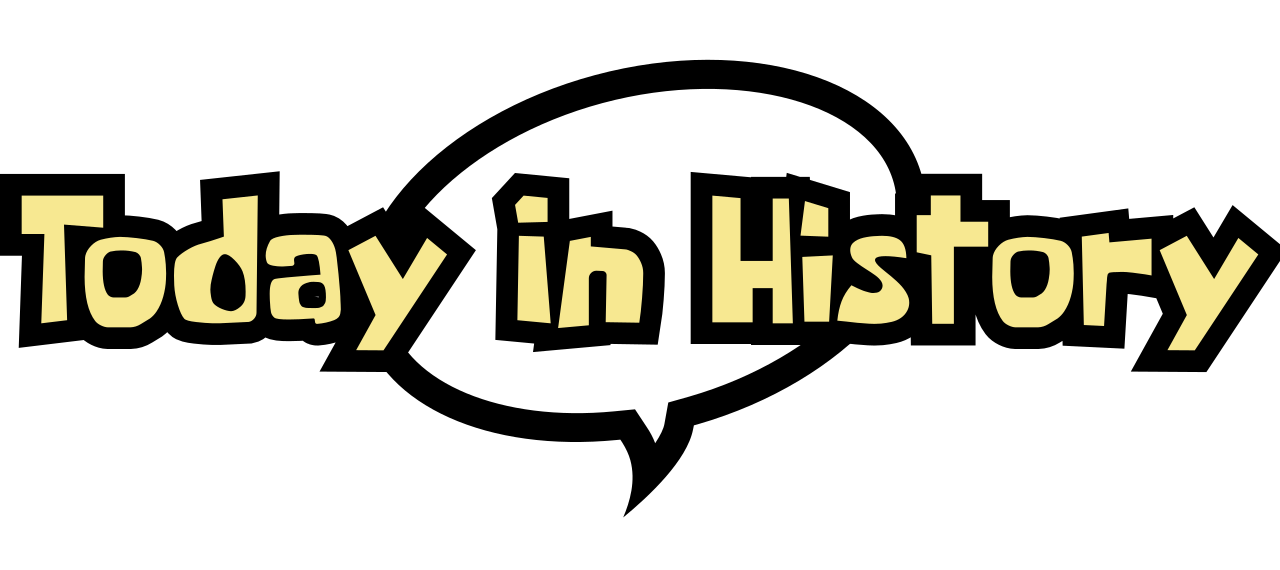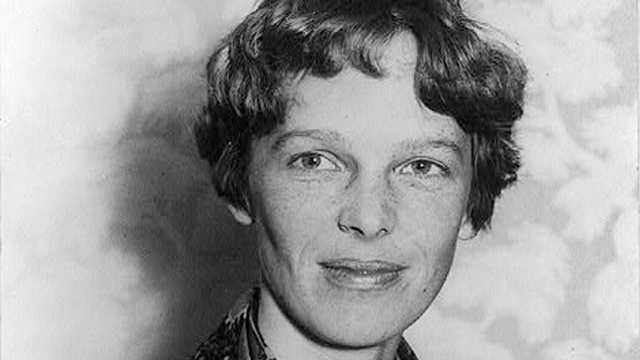On March 30, 1981, an attempt was made on the life of U.S. President Ronald Reagan, an event that would go down in history as a moment of profound shock and drama. The assassination attempt occurred just outside the Washington Hilton Hotel in Washington, D.C., and it marked a pivotal moment in Reagan’s presidency, as well as in the broader history of the United States.
The Events of the Day
On that fateful day, President Reagan had just finished addressing a public gathering at the Washington Hilton Hotel. He was leaving the venue, accompanied by his press secretary, James Brady, and other members of his staff, when a lone gunman, John Hinckley Jr., opened fire.
Hinckley, who had been stalking Reagan for months and had developed an obsession with the movie Taxi Driver and its protagonist Travis Bickle, believed that by assassinating the president, he would gain the attention of actress Jodie Foster, whom he had become infatuated with. This bizarre and twisted motivation was one of the key elements of Hinckley’s disturbed mind that led him to act.
As Reagan exited the hotel, Hinckley fired six shots from a .22-caliber revolver at close range. One of the bullets struck Reagan under the left arm, narrowly missing his heart. The bullet then ricocheted off a rib and lodged in his lung, causing significant internal bleeding. In addition to Reagan, Press Secretary James Brady was critically injured, sustaining a gunshot wound to the head that left him permanently disabled. A Secret Service agent, Timothy McCarthy, was also shot in the abdomen, and a Washington, D.C. police officer, Thomas Delahanty, was wounded in the neck.
Immediate Aftermath and Reagan’s Survival
Despite the seriousness of his wound, President Reagan remained conscious and composed in the immediate aftermath of the shooting. As he was rushed to the hospital, Reagan reportedly joked with his doctors, saying, “I hope you’re all Republicans.” This moment of levity amidst the chaos would become part of Reagan’s public persona—his ability to remain calm and even humorous in the face of danger.
Reagan was quickly rushed to George Washington University Hospital, where he underwent emergency surgery. The bullet was successfully removed, and Reagan was stabilized after several hours of intensive care. His survival was a result of both quick medical intervention and, fortunately, the trajectory of the bullet, which did not hit any vital organs or blood vessels.
However, the incident had long-term consequences. Reagan’s recovery took several weeks, during which time Vice President George H.W. Bush briefly assumed more visible duties, though Reagan remained in power. The shooting left a lasting psychological impact on both the president and the American people, raising concerns about the safety of public figures and the vulnerability of the nation’s leadership.
The Motive Behind the Attack
John Hinckley Jr.’s motivation for the assassination attempt was a complex mixture of mental illness and obsession. He had been diagnosed with several mental health disorders, including schizophrenia, and had a long history of erratic behavior. Hinckley’s obsession with actress Jodie Foster, combined with his delusional belief that the assassination would earn him her affection, drove him to take extreme action. He had been sending Foster obsessive letters and even moved to Washington, D.C., to be closer to her before deciding to target Reagan.
Hinckley’s actions were later examined in court, where he was found not guilty by reason of insanity. The trial raised significant questions about the U.S. legal system’s handling of mental illness in criminal cases, and it led to reforms in the standards for the insanity defense in several states. Hinckley was subsequently committed to a psychiatric institution, where he remained for decades.
Impact on U.S. Politics and Gun Control
The assassination attempt on President Reagan had a profound impact on both U.S. politics and gun control legislation. In the immediate aftermath of the shooting, the nation came to terms with the vulnerability of its leaders and the possibility of political violence. The public reaction to the attack was one of shock and disbelief, and it highlighted the importance of security for public officials.
Reagan’s shooting also had a long-lasting effect on gun control debates in the United States. The event galvanized efforts to tighten gun laws, especially regarding the sale of firearms to individuals with mental health issues. In 1993, a landmark piece of legislation—the Brady Handgun Violence Prevention Act—was passed, which instituted background checks for gun purchasers and established a waiting period for handgun sales. This law, which was named after James Brady, who had been severely injured in the shooting, marked a significant victory for gun control advocates.
The shooting also played a role in shaping Reagan’s public image. The way he handled the crisis, his calm demeanor, and his resilience in the face of danger endeared him to the American people and helped solidify his reputation as a strong and steadfast leader. Reagan’s handling of the incident further solidified his image as the “Great Communicator,” able to connect with the public in both moments of triumph and adversity.
The Long-Term Effects
The assassination attempt had a lasting impact on Reagan personally. While his physical recovery was remarkable, the psychological effects lingered. Reagan later revealed that the shooting and his recovery process caused him to reflect deeply on the fragility of life and the importance of his family and relationships. The event also prompted Reagan to take a more cautious approach to public appearances and security.
For the nation, the shooting of a sitting president led to heightened security protocols for public figures. The Secret Service, in particular, re-evaluated its practices, leading to increased protection for the president and other high-ranking officials. The incident also served as a reminder of the potential risks posed by political violence and the need for effective security measures to protect elected leaders.
Conclusion
The assassination attempt on President Ronald Reagan on March 30, 1981, remains one of the most significant moments in modern American history. The event shocked the nation, but Reagan’s survival and resilience became a defining part of his presidency. The shooting prompted changes in gun control laws, enhanced security measures, and a broader national conversation about the safety of public figures.
Reagan’s ability to remain composed in the face of danger, his eventual recovery, and his continued leadership after the attack served as a testament to his strength and determination. It also left a lasting legacy, shaping policies and attitudes toward security and mental health issues, and contributing to the ongoing debate over gun control in the United States.







What do you think?
Show comments / Leave a comment